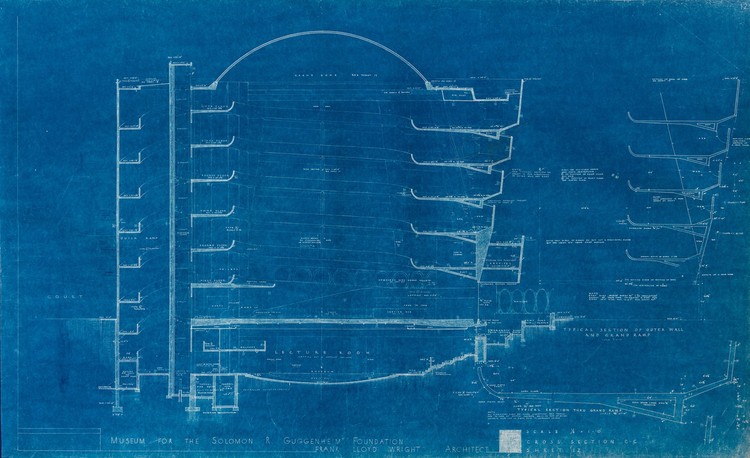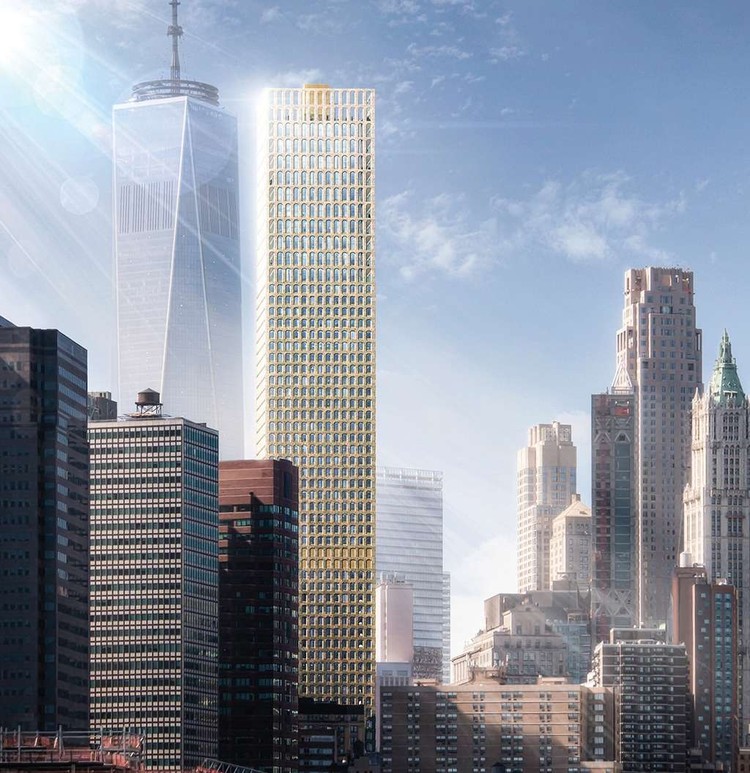
Four teams have been selected as finalists in the “Driverless Future Challenge.” Organized by Blank Space with the City of New York and NY Tech Meetup, the competition asked teams to envision future strategies for implementation of autonomous transit in New York City.
Participants were tasked with evaluating the future of autonomous transportation through the four principles outlined by Mayor Bill de Blasio’s OneNYC initiative:
- Growth - Improve city infrastructure, modulate traffic, vehicle-to-vehicle communication, eliminate traffic lights, autonomous deliveries.
- Equity - Making sure all citizens benefit from autonomous technology, focusing on accessibility, focusing on transit deserts, creating new jobs.
- Sustainability - Reduce need for parking, curbing emissions, increase carpooling, introducing micro-transit, new green spaces and bike lanes, renewable energy sources.
- Resilience - A more durable and safer transit system, reducing drunk driving, “Vision Zero,” pedestrian-first, faster emergency services.
Entries were received from more than 25 countries, proposing ideas for everything from driverless food carts and a fully-autonomous MTA transit system, to enhanced use of NYC’s 311 system as a driverless dispatching center, to Link NYC Wifi stations that become stops for autonomous micro-buses. The four finalist teams were selected by a multidisciplinary jury featuring top architects including Jeffrey Inaba (Inaba Williams), Odile Decq (Studio Odile Decq) and Jürgen Mayer H. (J. MAYER H.).
The four finalists include:


_Frank_Oudeman_3.jpg?1497946037)
_Frank_Oudeman_11.jpg?1497946385)
_Frank_Oudeman_4.jpg?1497946144)
_Frank_Oudeman_14.jpg?1497946430)
_Frank_Oudeman_17.jpg?1497946478)



























































